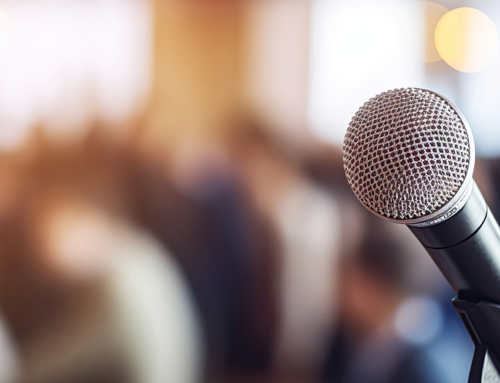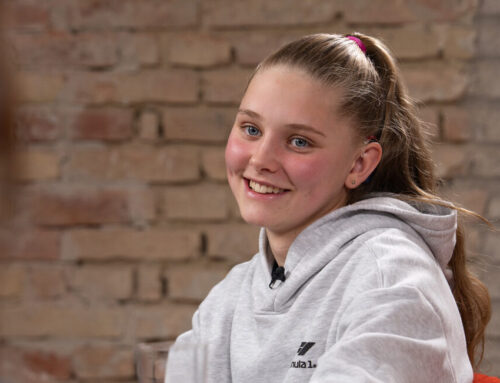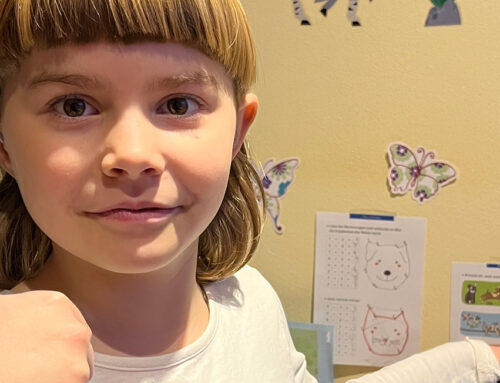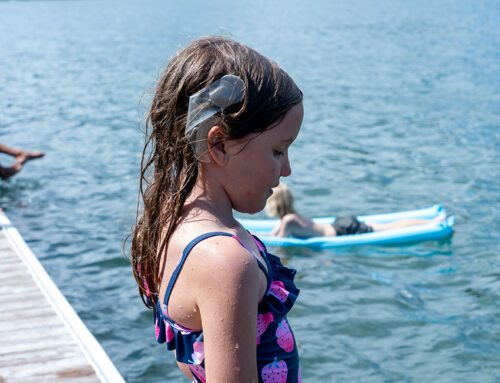At school with BONEBRIDGE
For almost six years now, Philipp uses a BONEBRIDGE bone conduction implant in his left ear. Recently, he even uses bone conduction for music in his healthy ear.
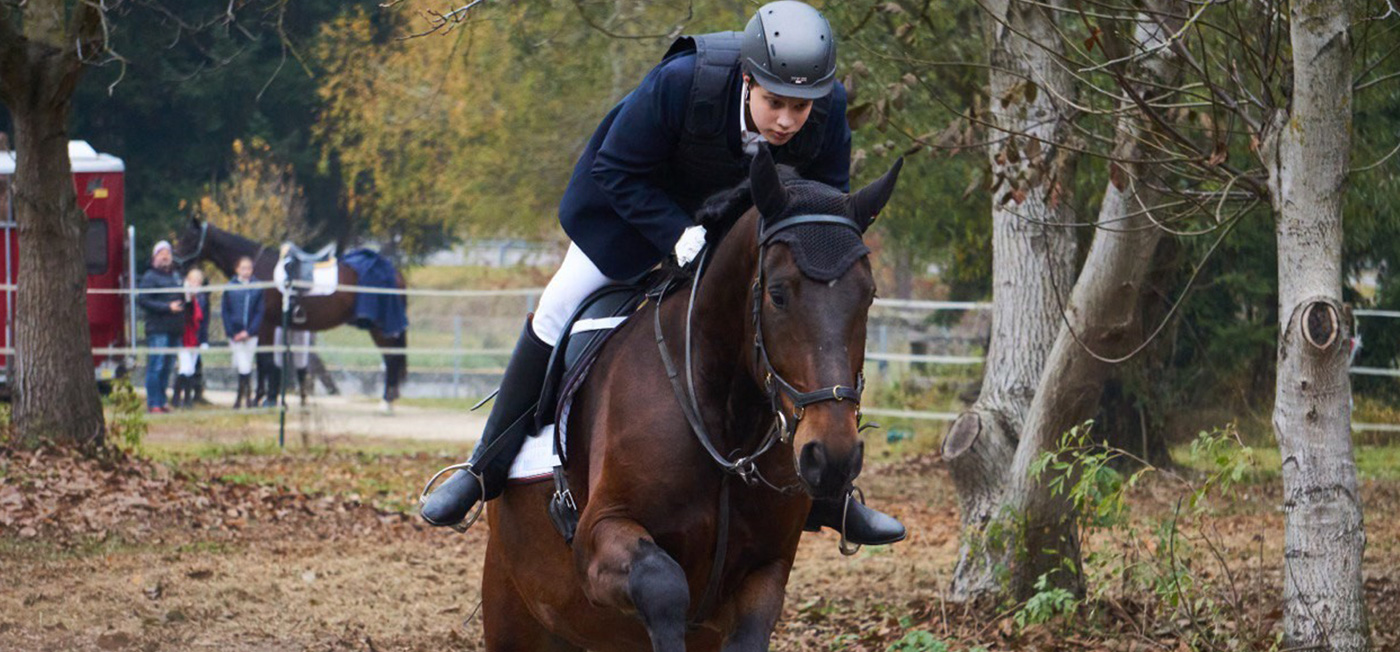
16-year-old Philipp is glad that classes are back in face-to-face form this school year. Riding is part of the school day for him. He has been sitting on a horse regularly since he was about three years old. For the past two years, he has been attending the Upper Secondary School for Horse Management. He is also currently the only student there with a BONEBRIDGE bone conduction implant.
“I’m sure everyone has asked what it is at some point,” Philipp confirms. “I always say: a hearing aid. That’s usually enough.” The teenager says this so naturally that any further question would be superfluous. In fact, the system behind Philipp’s left ear has been with him since he was just under ten years old.
Without BONEBRIDGE, everything is silent
At that time, Philipp repeatedly suffered from otitis media (tympanic effusion), an accumulation of fluid in the middle ear, which is common in children. As a possible complication, such an effusion can also permanently impair hearing. In Philipp’s case, the middle ear ossicles fused. Thus, the specialists at the Vienna Landstraße Clinic recommended restoring the child’s hearing with a BONEBRIDGE implant.
“If I forget to put the processor up, it makes a huge difference. I notice it right away!” the student says. With the other ear, he can hear completely normally. Still, he adds: “If someone is standing to my left, I can’t hear them without BONEBRIDGE. Without the device, it’s already difficult for me otherwise, especially now with the masks.” That’s why Philipp always carries spare batteries with him in case batteries die during the day. “Without BONEBRIDGE at school, I would have to sit in the front row directly in front of the teacher so that I could understand him.”
Maths, Economics and Tractors
His school is among the most demanding ones: in addition to the general education and specialization subjects, there are practical lessons in riding and driving. Philipp did not think about his hearing impairment in his left ear when he took on this challenge. Thanks to BONEBRIDGE, he is used to hearing well even in a large group or in class.
He only takes off his audio processor before riding classes. “That’s when we use a CEECOACH,” a communication device specially developed for riding lessons that is now also used for training in cycling and water sports. During practical lessons at Philipp’s school, this communication device is always part of the standard equipment, even for his normally hearing schoolmates. “I have a microphone around and a headset on my right ear.” The audio processor stays in the locker during this time: “It’s magnetic anyway, so I just pin it to the door.”
In the second year, which Philipp is currently attending, preparation for the tractor driver’s license is added to the regular lessons. “We drive modern tractors, which are quiet,” says the student, who is pleased that he can easily understand the teacher during the driving lessons without any further assistance, thanks to BONEBRIDGE.
3D music via bone conduction
Even though Philipp’s current education focuses strongly on agriculture, the teenager doesn’t necessarily see himself as a future horse farmer. He is also interested in astrophysics and music. At the moment, the practice on the cello and the piano comes too short due to the intensive school day. But he listens to music wherever he can, also on his way home.
Because it sometimes gets too loud for him during a longer journey, Philipp now uses noise-canceling headphones on the train and sometimes also takes off the audio processor of his implant. “Then everything gets quiet right away, as if I had earplugs inside.” For the train ride, Philipp wished for bone conduction headphones for Christmas. Athletes with normal hearing use bone-conduction headphones so that they don’t miss out on ambient sounds that are important during sports practice, despite listening to music. For Philipp, these headphones provide a way to hear music in stereo without an audio processor.
“The BONEBRIDGE improves my quality of life a lot,” the 16-year-old adds with confidence. He describes hearing with only one ear as difficult and exhausting, but thanks to this system, he doesn’t feel any limitations in sports or at school. When he’s not listening through bone conduction headphones in a noisy train, he also enjoys music through his implant: “With the BONEBRIDGE, it’s really a 3D hearing experience!”

